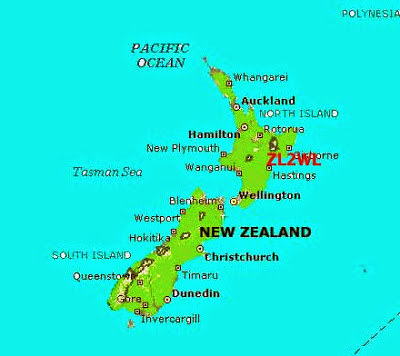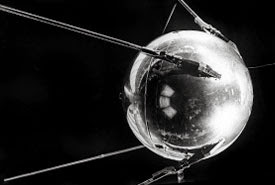Radio Equipment Rack

Whilst enjoying the half term break from work we have been getting a few household jobs done. One job I have been considering doing involved moving my radio gear from one side of the room to the other. I made a metal racking system that has been on standby and today was the day I was going to get to use it. I began by dismantling my radio equipment carefully and then I moved one coax at a time avoiding any possible mix ups. I decided to run a new earthing wire to the outside, where I soldered it to a brass grounding spike. I made the box section rack big enough to house all of my equipment and rigs including my PC tower. It fits nice and snug inside a corner alcove wear I can operate the various rigs and bands nice and comfortably with ease. The new layout is more spacious and user friendly than the previous shack set up and better still, the YL likes it! I took a few pictures showing the new radio shack layout with my home brew rack housing my YAESU powered station. View of the Shack ...



